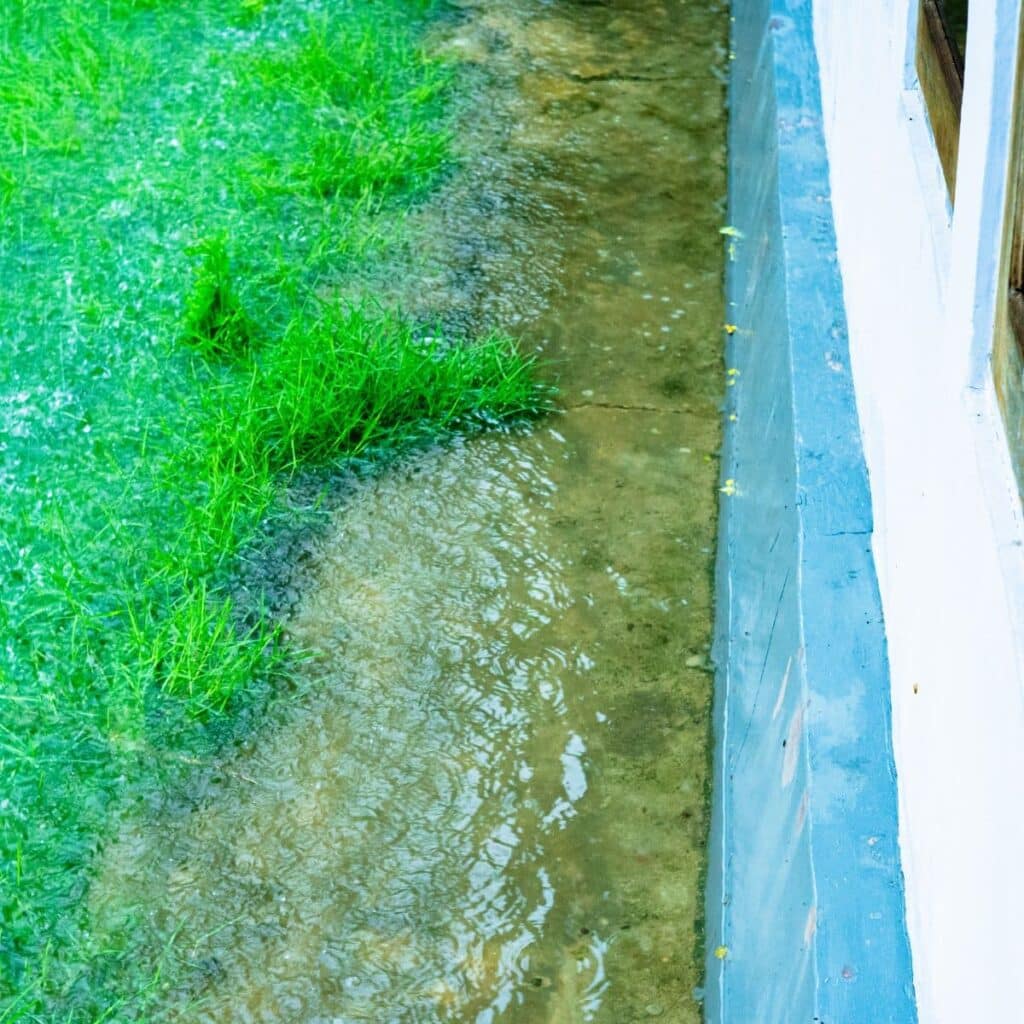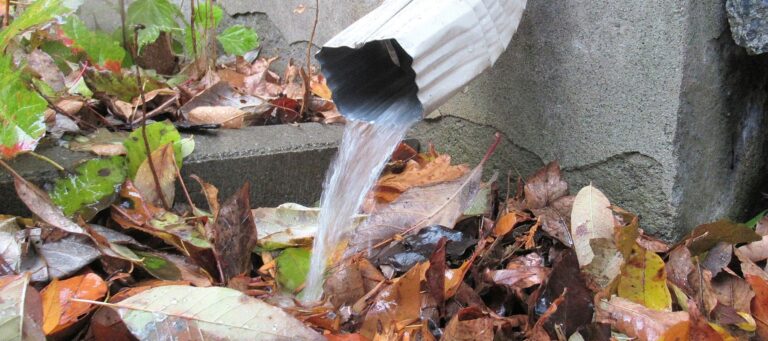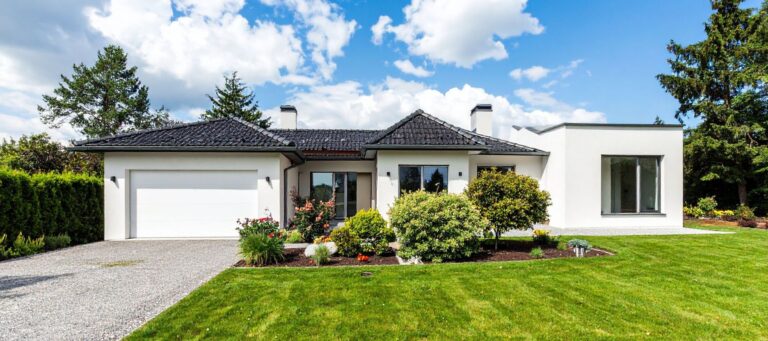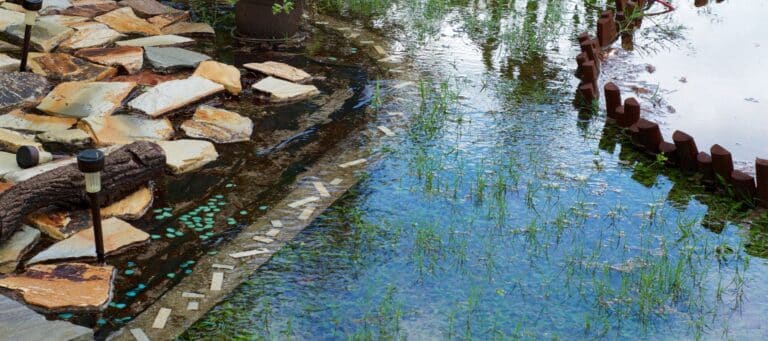Drainage Solutions To Prevent Structural Damage
Safeguard Your Home’s Integrity With Drainage Systems
Foundation problems are a source of stress, but that doesn’t mean you have to crack under pressure! Stay calm and rely on G.L. Hunt to provide gentle guidance and superior service that keeps your property protected.
Our team cares about the well-being of our community, which is why our services aren’t just reactive! In addition to foundation repairs, we also provide proactive solutions such as drainage system installations that can safeguard your property.
Put your trust in our team as we share how these systems benefit your foundation and contribute to the longevity of your home’s structure.
Drainage Systems Help Keep Your Property Safe
To ensure proper care for your home, it’s important to note that your foundation and water don’t get along well. Excess moisture that stays on your property can destroy your foundation and threaten the integrity of your home.
To prevent this, watch out for water accumulation in your yard.
Any puddles on your property can seep through the soil, allowing them to reach and ruin your foundation. This emphasizes the need for proper drainage.
Without precautions in place — such as drains or gutters — you leave your foundation at the mercy of the water. With them, however, you give your foundation a fighting chance at a longer lifespan.

How Does Improper Drainage Affect Foundation?
Think of your home as a sandwich. The roof is the top layer of bread — meaning it’s important, but without it, the rest of the structure could still stand. The interior of your home is like the middle ingredients of the sandwich, carefully crafted to suit your tastes.
Finally, your foundation is that bottom layer of bread. If anything were to move or threaten the integrity of that bread, your sandwich would crumble.
Just like you don’t want your sandwich to get wet, you don’t want the foundation of your home to become excessively moist either. Drains and gutters are designed to remove or redirect water away from your foundation — preventing water from reaching it as easily.
We all know why we wouldn’t want a soggy sandwich — not only would it fall apart, but it would also taste bad! The effects of water on a foundation are less obvious though. That’s why we’re here to share a couple of common ways poor drainage can impact homes.
Soil Expansion And Foundation Settlement Cracks
Properties all across Texas fall victim to the state’s natural landscape, as clay soil spreads far and wide across the region. Clay soils in particular are known for their habit of expansion.
For expansion to take place, moisture is needed. As water is absorbed into the ground, it causes the soil to expand. Naturally, as this takes place, the soil moves. If the soil under your foundation is affected, this can cause your foundation to move with it — this is something called settlement. This can lead to cracks or warps in your home’s structure.
Texas homes are already at risk for foundation damage due to the region’s naturally dry soils. When soil is dry, it has the opposite effect, resulting in shrinking that can also shift a foundation. Any unnecessary back and forth of expanding and shrinking puts your home at further risk.
Cracked Slab Foundation From Concrete Expansion
The concrete surfaces surrounding your home may look strong, but they have a fragility that comes with the material’s porous state. Due to the surface’s permeable nature, water can enter and spread throughout the concrete.
When your concrete is forced to handle large amounts of water, it can force the material to expand and crack. This is a serious concern for slab foundations, impacting the very structure your home sits atop. Luckily, you can trust our team to come to the rescue with foundation slab repair services.
What Does Foundation Damage Look Like?
Shifting soil and cracked slabs happen under your home, making it nearly impossible to tell when trouble is occurring. By the time you notice warning signs, the damage has already been set in motion.
However, any action is better than no action. Take steps to schedule professional foundation solutions when you notice the following signs:
- Cracks in walls — The foundation holds your home in one spot, but as it shifts, stress is put on your home’s supports, which can result in a cracked wall.
- Sloped floors — Without a sturdy foundation to hold your floors in place, you may notice sections that are sloped or bowed at different levels.
- Water damage — Excess water can contribute to foundation and landscape damage, but as cracks form, it can also seep through and lead to damage along walls, floors or ceilings.
- Pests — Water damage will also attract pests, creating a hub for mosquitos, silverfish and more.
- Mold growth — Mold spores growing in cracked foundations will spread and decrease indoor air quality, which makes for a serious health concern
These warning signs of foundation damage are meant to be taken seriously, so always turn to a professional when you suspect trouble. At G.L. Hunt, our team has the experience necessary to provide reliable repairs and recommendations.

Avoid Foundation Damage With Proper Drainage
While many things can harm your foundation, improper drainage stands as a prime suspect. At G.L. Hunt, we’re happy to use our decades of experience to provide expert recommendations personalized for your property.
This means that we can help you explore your drainage options so that you can make an informed choice. Some of the options we offer are French drains, surface drains, sump pumps and gutters. Once you’ve made your selection, we’ll be able to install the system with ease.
How To Improve Drainage Around Your House
If you’re noticing pooling water near your foundation or soggy patches in your yard, it’s time to take action. Understanding how to fix drainage around house structures is key to preventing long-lasting damage to your home’s foundation. There are several steps you can take to direct water away from your property and protect the structural integrity of your space.
Grading your yard so that it slopes away from the house is a worthwhile fix. Installing or repairing gutters is another effective solution, as they collect rainwater and send it safely away from your slab. French drains and surface drains offer even more targeted relief, helping manage excess water by redirecting it underground. In some cases, sump pumps may be necessary, especially in regions where water naturally collects.
The best way to approach these solutions is to consult with professionals like the team at G.L. Hunt. We can examine your property and recommend the right drainage strategies for your unique landscape. We’re here to help you create a dry, secure environment from the ground up.
Call Our Team For Comprehensive Services
At G.L. Hunt, we’ve built the foundation of our business on courteous care and earnest expertise! We want the best for homeowners all across the Lone Star State, which is why we promise you aren’t alone when facing drainage or foundation problems.
Trust us to be your partners in foundation maintenance, and give us a call when you’re experiencing a problem.










